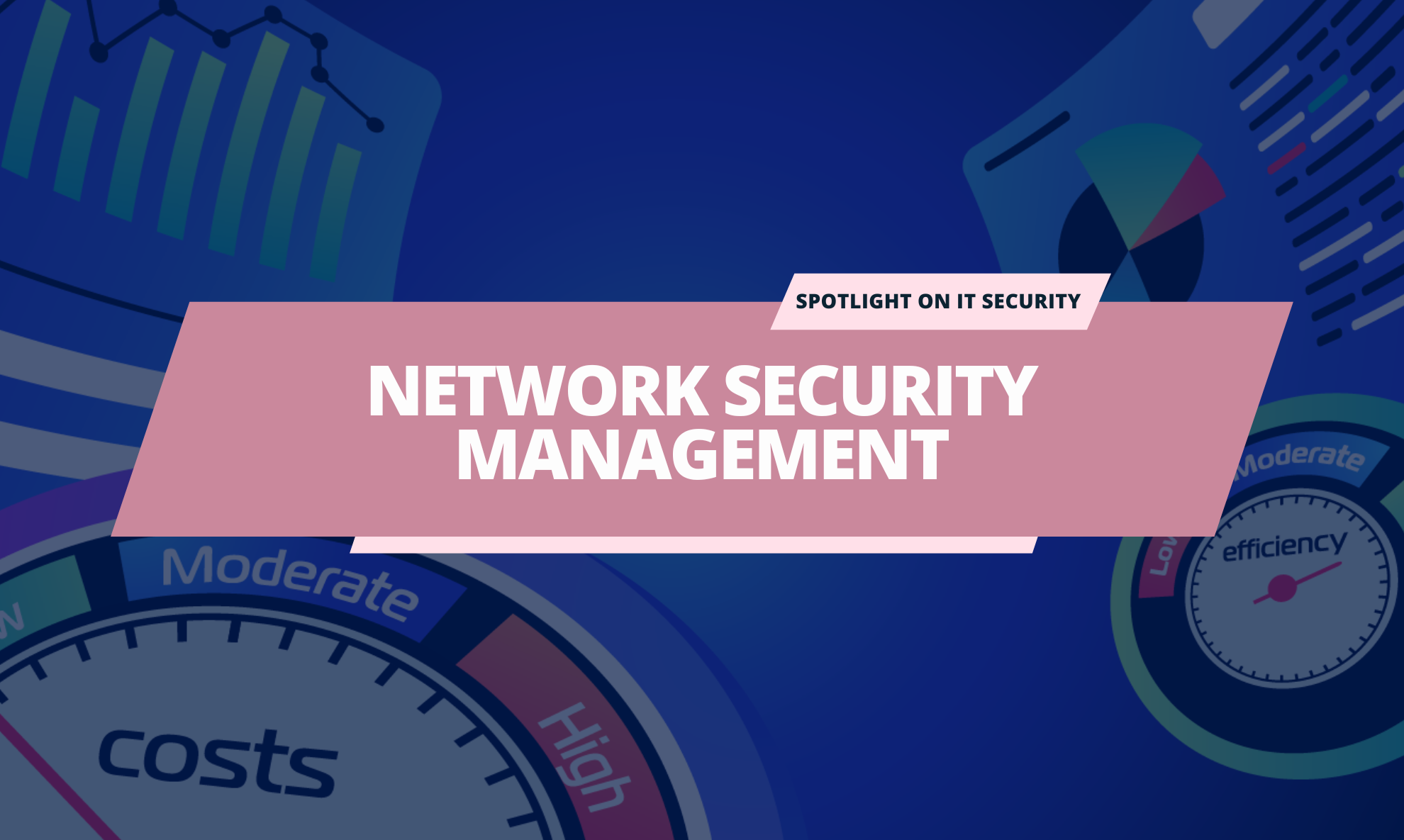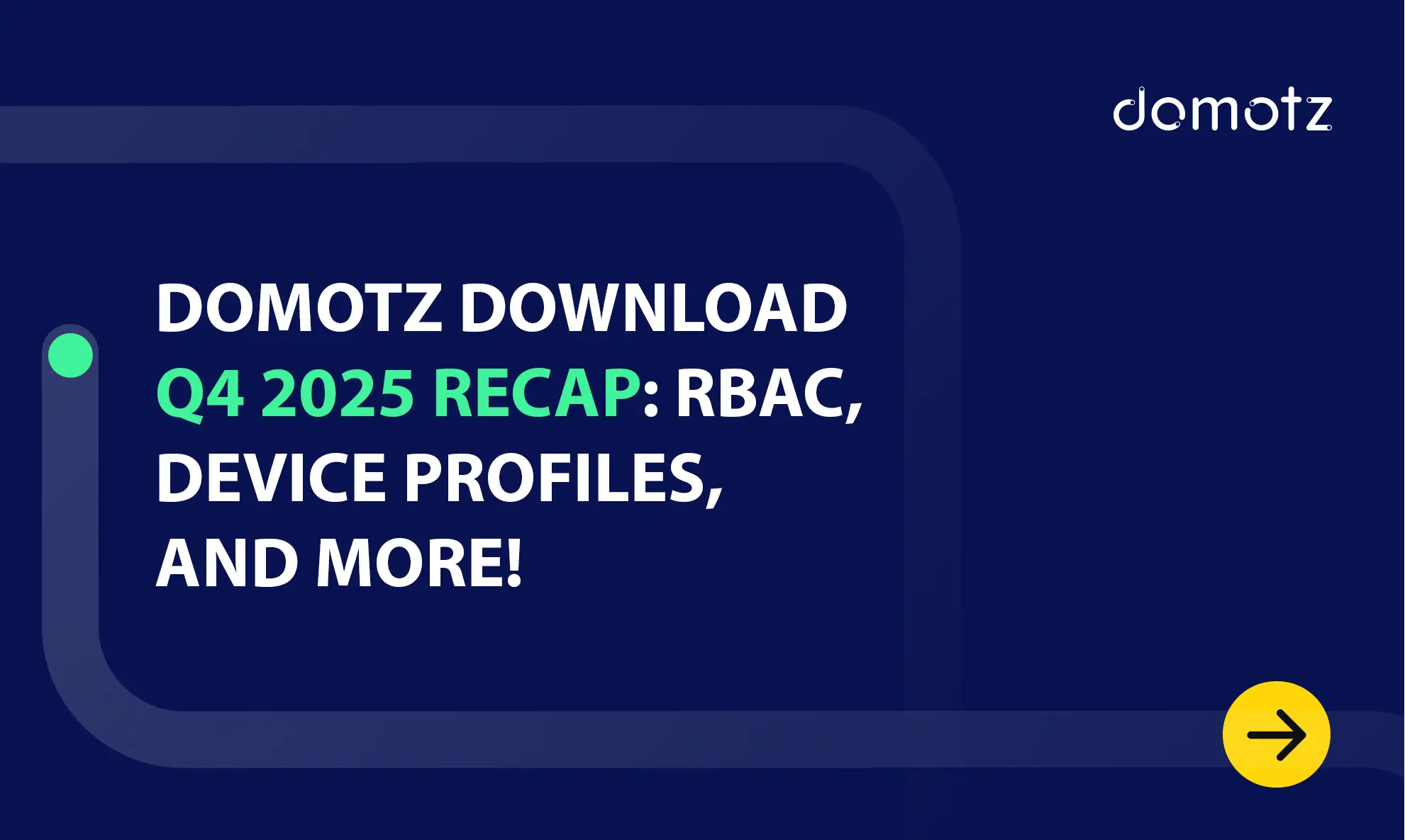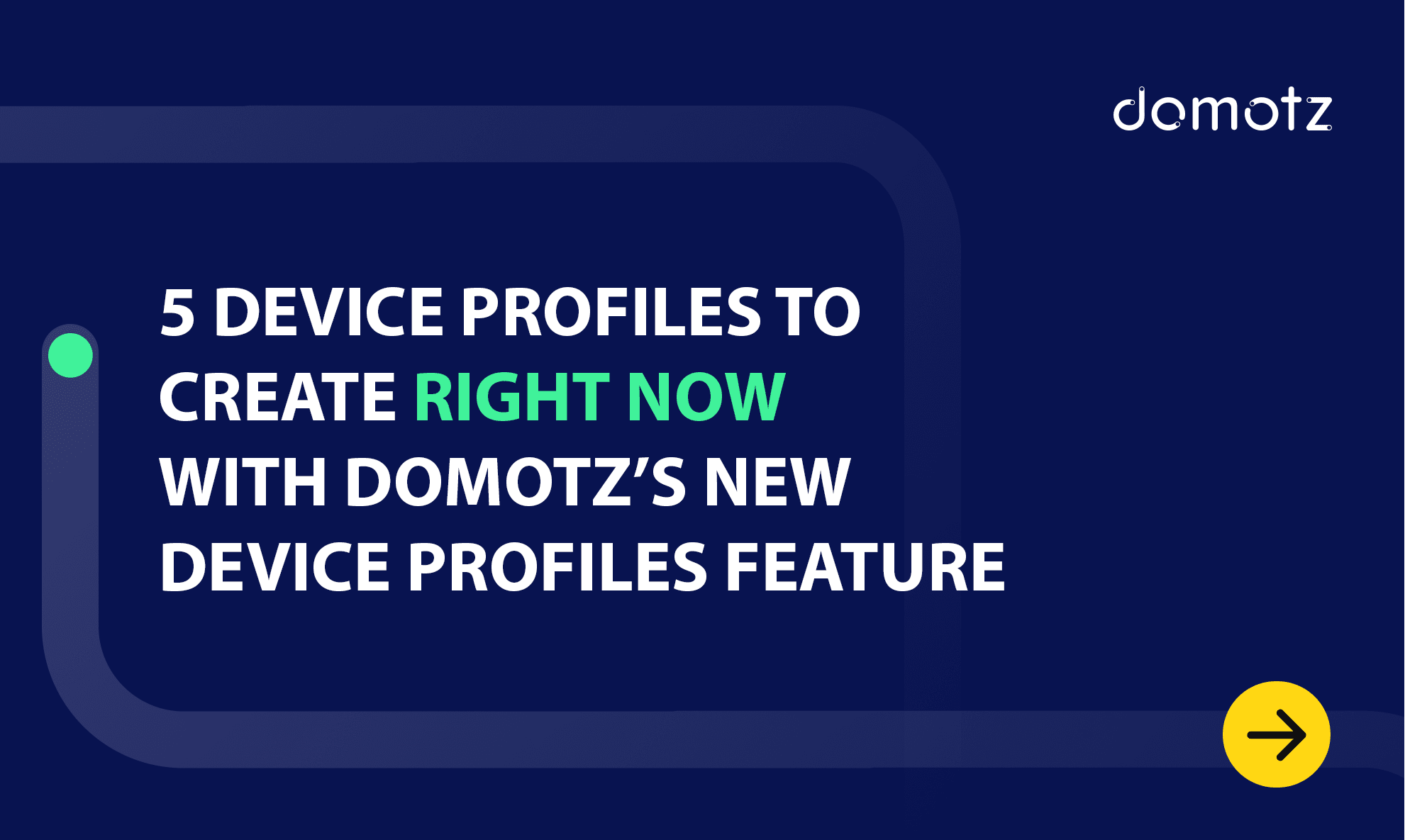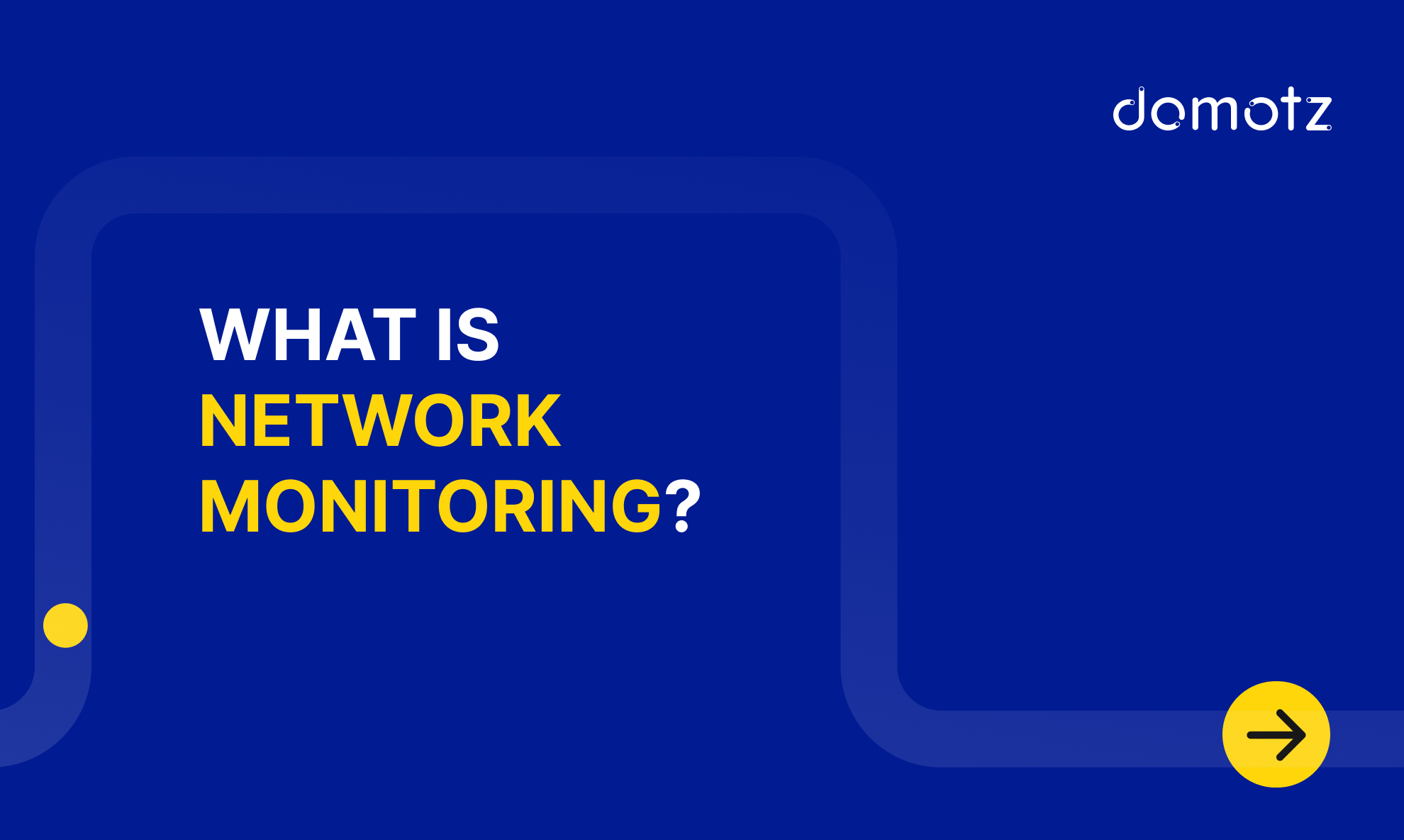When it comes to network security management, you need a solid infrastructure to secure every layer of your networks.
As cybercriminals become more sophisticated, network security procedures, tools, and best practices are becoming more complex. Investing in the right tools for network security management can help with your processes.
A network monitoring and management system can help with cybersecurity risks. In addition, these systems can help with overall network security, when a device is in jeopardy, a user makes a mistake or even a natural disaster occurs.
With that, here our 9 ways our software can help with network security management:
- Alerting on Unexpected Devices
- Network Inventory Asset Management
- Monitoring Open Ports
- UPnP Port Forwarding Scanner
- Monitor External IP Address or Host
- Centralized Access and Auditing of Remote Accessibility of Client’s Networks
- Configuration Monitoring of Network Infrastructure Devices
- Firmware Upgrades and Patch Management
- Monitoring of Physical Security Systems
What is Network Security Management?
To keep it simple network security management is the process of setting up various software and hardware systems designed to protect your network security.
The lack of a reliable network security policy can compromise your business and the security of your networks.
How to Improve Your Network Security Management?
If you are a Managed Service Provider (MSP), one of your main roles is to protect network security and continuously improve your network security management. Thus, you need to constantly improve your security protocols.
A comprehensive monitoring system that includes network security management features is a good idea for your strategy. For example, our network monitoring software can run network security checks and alert you of certain kinds of threats. In addition, it can also detect intruders and new devices. Our software includes features like new device discovery, real-time network monitoring alerts, and network security scans. Furthermore, Domotz is also useful when it comes to keeping a network safe.
Here is a list of 9 ways a network monitoring system can help you improve your network security management:
1) Alerting on Unexpected Devices
Rapid identification is critical when an unexpected device connects to your network. When this event occurs, you need to know! Knowing about new devices can help you with network security. When setting up a network monitoring tool, determine which devices are critical, necessary, and important to the functioning of all the systems on the network. Unnecessary devices appearing on a network can expose vulnerabilities.
Our network monitoring system continuously scans the network, looking for changes to devices. We’ll alert you when new devices show up on the network. Then you get to decide whether to block that device at the firewall level, remove it, or mark it as acceptable.
The network monitoring and alerts feature is a great way to ensure that your networks remain secure and that you’re in control.
2) Network Inventory Asset Management
Domotz uses the asset discovery feature to automatically scan your network to discover and identify the devices that are present. In such a way, you’ll receive information for each device, for example, the IP address or MAC Address. The MAC address is a unique number that each individual device on the network has. It can be linked to an asset management system, giving you a living document on the status of your equipment. You can get information about the manufacturer, make, model, type, location, and software version too. In addition, you’ll know when these assets are on the network and when they leave the network. Understanding where your assets are at all times is an important part of your network security.
Check out te Domotz features about infrastructure inventory.
3) Monitoring Open Ports
Our platform can help with monitoring open ports on the WAN side of your network. We’re not a firewall, but we do bring you awareness when a WAN-side port may be open to your network. An open WAN-side port can expose your network to potential hackers. If this port points to a device on the network that is using the default, or common credentials, then your network is at risk.
We continuously check for ports that are open and alert you to this potential vulnerability. It is up to you to then take action. You can then access the router/firewall and close the port, you can accept the port as a known vulnerability. If you reject the vulnerability within Domotz but do not fix the issue, the system will alert you again on the next scan. This continuous monitoring helps mitigate WAN-side security vulnerabilities.
4) UPnP Port Forwarding Scanner
The Domotz UPnP Port Forwarding Scanner also looks for UPnP port forwards enabled by the router. Universal Plug and Play or in other words UPnP, it’s a legacy technology that allows devices on a network to gain access to external services. This technology helps you easily deploy systems and services on a network and improves your network security.
However, bear in mind that UPnP is not as secure as it should be. Thus, Domotz recommends that you disable UPnP management on your network. We have to mention that there are some cases where this can be mandatory.
Domotz looks at which devices are receiving open ports from the UPnP server and alerts you to these devices and the ports they have open. Receive notifications about this information and then decide to accept or reject this potential vulnerability. As with Open Port Monitoring, if you reject the vulnerability within Domotz and this issue reappears, the software will alert you again at the next scan.
5) Monitor External IP Address or Host
Domotz primarily scans networks at a layer-2 level (Data Link/MAC addressing). However, this network monitoring system also looks for information on layer-3 (max/16 subnet mask). Often, as an MSP, you will use fixed or reserved IP addressing schemes to maintain your systems while configuring a network. You may still use a DHCP but in a known range of addresses. You can use Domotz to alert you when a device with a fixed/reserved IP address changes unexpectedly.
Monitoring external IP address or host feature is beneficial for your network security in two ways:
- It allows you to know when network changes are occurring
- It can be a sign of a potential spoofed MAC address.
Leveraging this Domotz monitoring feature helps ensure that your network schema is solid and resilient.
6) Centralized Access and Auditing of Remote Accessibility of Client’s Networks
Minimize the accessibility to your client’s networks as much as possible. The more accessibility points you have, the more difficult it is to maintain security.
Use our software as a single point of entry into your client’s network.
Features like VPN on Demand and Secure Remote Connection, give you complete access and control of systems on the network. They provide you with the ability to leverage 3rd party tools as appropriate. Furthermore, we log each and every team member/field operator that remotely accesses your client’s networks.
To clarify, your monitoring system creates a date and time stamp for each individual connection. You can also see if they are devices that were remotely accessed. This feature provides you, as an MSP, a historical record of what you and your employees have accessed in your client’s network. In addition, you can easily control access through your Domotz portal. You can quickly change roles and access if a member leaves your company or their role changes.
This ability to log access helps show your customer how you continue to maintain their network and systems as described by any Service Level Agreement (SLA) you have in place.
7) Configuration Monitoring of Network Infrastructure Devices
Configuration of network devices is also critical for network security. For example, the configuration of managed switches, Wi-Fi access points, routers, and firewalls are hugely important. When the configuration files for these critical network devices change, we’ll alert you. It is essential that you configure these devices correctly in the first place.
Furthermore, Domotz can notify you when there is an update in the device configuration file. This feature allows you to stay on top of these critical devices, see what changes, and revert to previous configuration files as appropriate.
Check out our full list of integrations in the managed switches, firewalls and access points.
8) Firmware Upgrades and Patch Management
Management of network devices means ensuring proper configuration of the systems and devices. On the other hand, it also means ensuring that these devices have the latest firmware and security updates. It is imperative that you safeguard your client’s networks by keeping the devices and systems you install up to date.
- Firmware Upgrades: When a system update is available by a manufacturer, Domotz makes it easy for you to securely connect to that system remotely and issue the update. Leveraging features like VPN on Demand makes it easy to connect to multiple devices simultaneously and issue updates. You can do it through direct connectivity to one or more devices, or by using the 3rd-party tool associated with a manufacturer and device.
- Patch Management: Patch management goes way beyond simply updating software. It can help you make incremental updates within different software applications or programs. Read more on MSP patch management challenges and best practices.
9) Monitoring of Physical Security Systems
Part of maintaining network security standards is making sure that there is also a physical security system in place. Most businesses will have locks on the doors. However,most businesses will not have access-controlled doors, locks, and gates, along with remote security cameras and video recorders.
Today, you can access and control almost all systems remotely. You can often find these systems on a separate VLAN, but you still have to monitor for their online/offline status. In fact, these security systems are extremely important to the operation of any business and therefore critically important.
Domotz tells you immediately when one of these systems goes offline, allowing you to take action before the issue occurs. Furthermore, we allow you to capture a snapshot at any time from the remote security cameras you are monitoring. By doing this, you know whether the IP security camera is online and functioning well.
Learn more on how Domotz can help you with security camera monitoring and unified communications monitoring.
To sum up, a network monitoring system can help you solve mission-critical problems. Additionally, it helps you keep your network infrastructure safe. In addition, it can act as a further mechanism for security awareness and issue prevention. Furthermore, a monitoring system helps analyze network security posture and take preventative actions.
No business can be completely safe from attacks, or viruses. However, building a network security management strategy is a step in the right direction.
Further reading:
- Choosing Domotz for network monitoring
- Network Security Best Practices
- Best Practices for Developing a Strong Cloud Network Security Strategy



